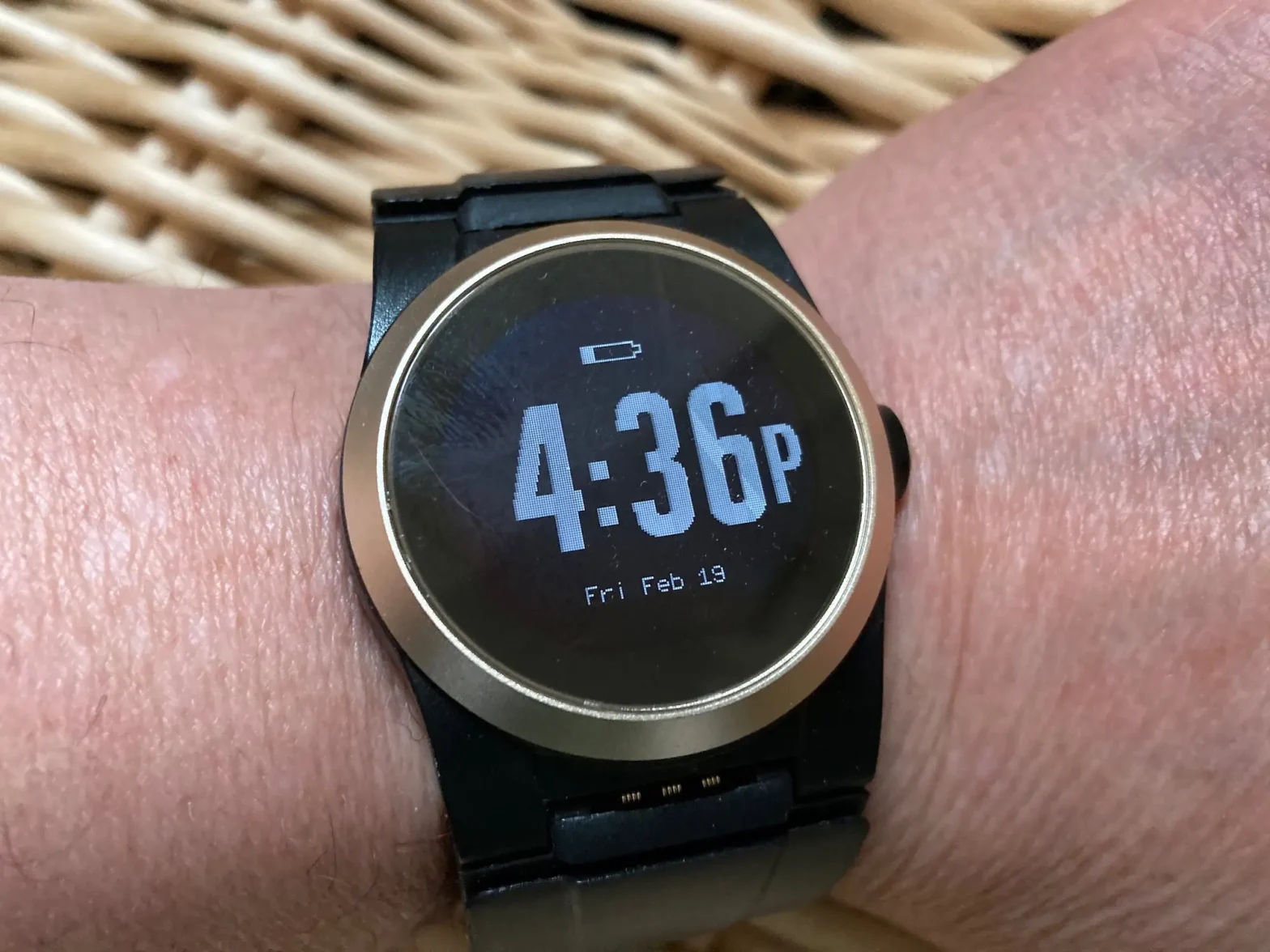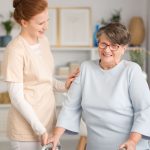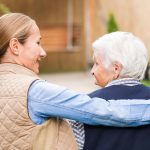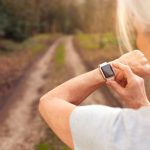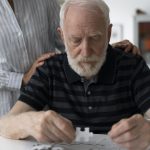Understanding the Vulnerability of the Elderly
The process of aging naturally increases vulnerability to accidents and injuries. With age, the body undergoes numerous changes that can impact an individual’s overall health and increase the risk of falling. The National Institute on Aging identifies several key factors that contribute to this heightened risk in the elderly.
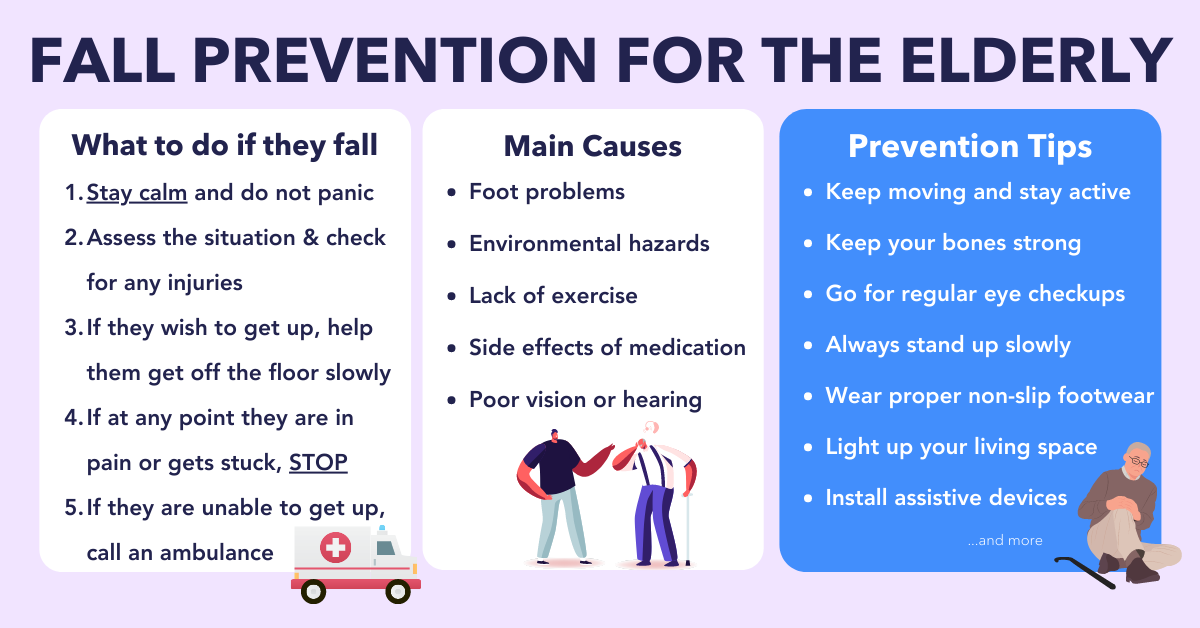
Common health issues such as vision problems, mobility issues, and chronic diseases are prevalent in the elderly. These can significantly increase the risk of falls. For instance, poor vision can make it difficult to see obstacles, while mobility issues can make movement challenging. Chronic diseases, on the other hand, can weaken the body and make falls more likely.
The Impact of Falls on Elderly Health and Well-being
Falls can have devastating impacts on the health and well-being of the elderly. Physically, they can lead to injuries, some of which can be severe or even life-threatening. Psychologically, the fear of falling can lead to decreased activity, social isolation, and depression. The Centers for Disease Control and Prevention provide extensive data on the impact of falls on the elderly.
The Prevalence of Falls Among the Elderly: A Global Perspective
Every year, a significant number of elderly individuals around the world experience falls, with World Health Organization (WHO) reporting that approximately 28-35% of people aged 65 and over fall each year. The prevalence is even higher in certain regions, such as North America and Europe.
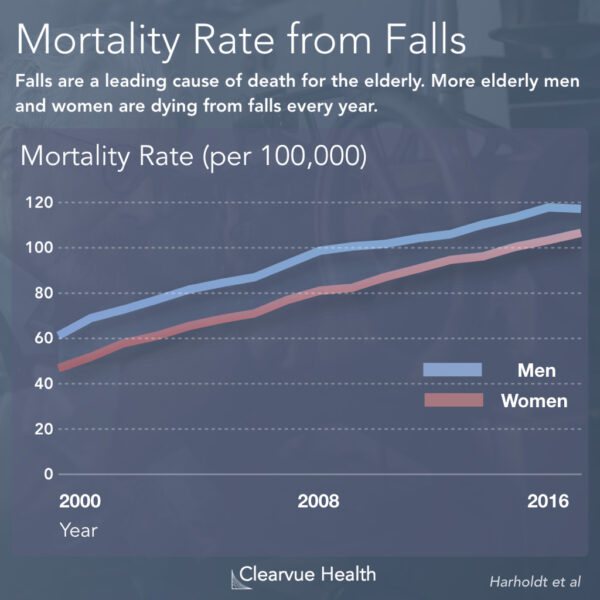
Understanding the Underlying Causes
The high prevalence of falls among the elderly can be attributed to various factors. Environmental hazards such as poor lighting and uneven surfaces, side effects of certain medications, and a lack of adequate supervision are some of the main contributors. The Centers for Disease Control and Prevention (CDC) provides a comprehensive list of these factors.
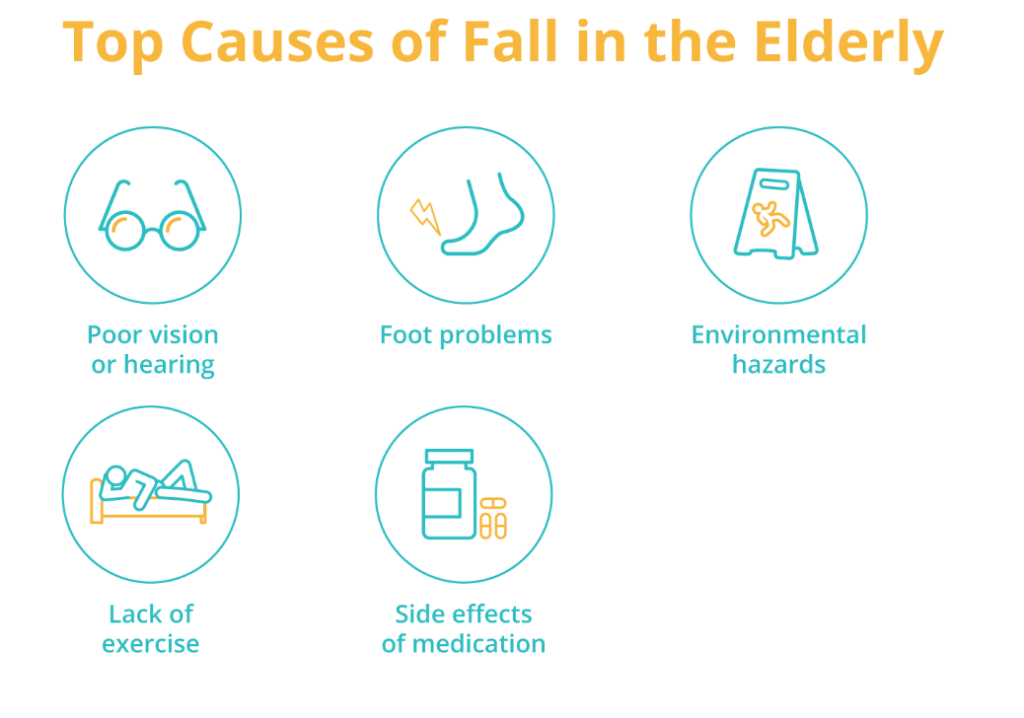
Personal Stories Highlighting the Impact of Falls
Several case studies and personal stories, like those shared by National Council on Aging (NCOA), vividly illustrate the serious consequences of falls among the elderly. These stories not only provide an insight into the personal experiences of those affected, but also underscore the importance of fall prevention measures.
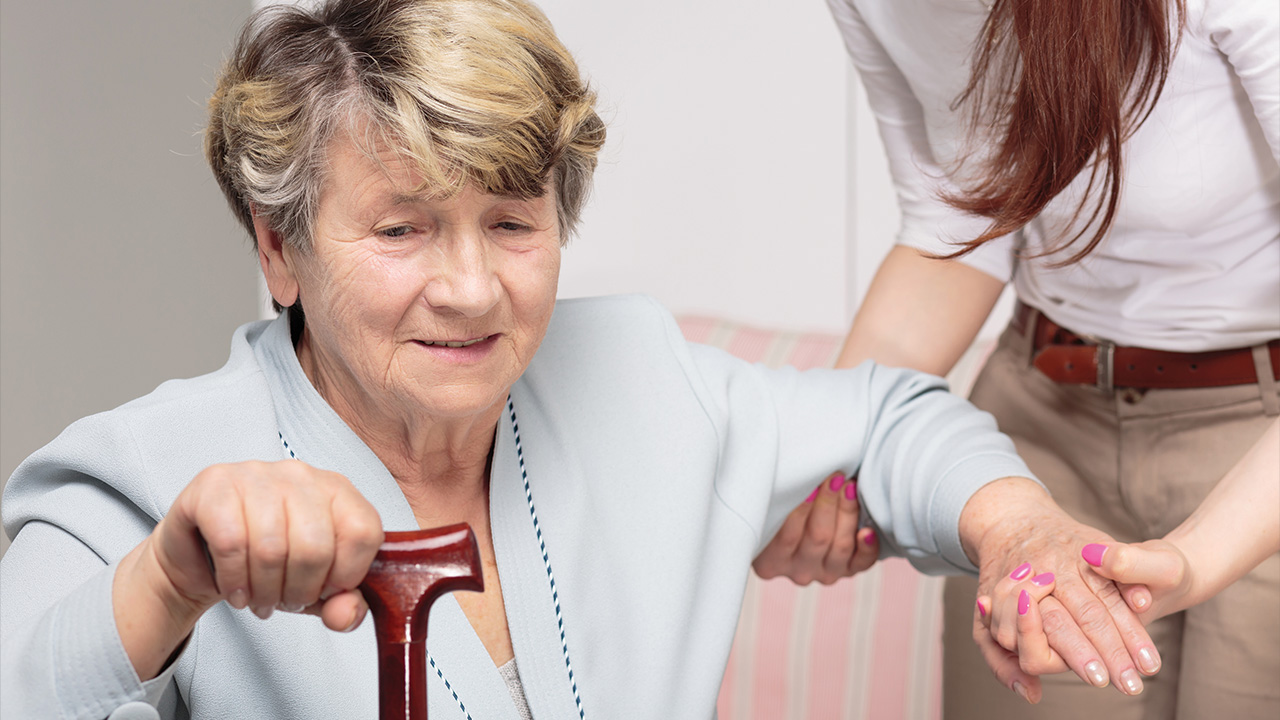
The Role of Technology in Promoting Elderly Safety
As the world embraces the digital era, technology plays an increasingly crucial part in safeguarding the elderly. Technological advancements, specifically designed for senior safety, have become vital tools for preventing accidents and ensuring prompt medical assistance when needed. Among these, alarms, monitors, and wearable devices stand out as pivotal in maintaining senior safety.
Categories of Safety Technology
Firstly, medical alert systems allow seniors to summon aid during emergencies. Secondly, various health monitors can track vital signs, detect irregularities, and notify healthcare professionals. Lastly, wearable devices like fall detection watches can automatically alert emergency services should a fall occur.
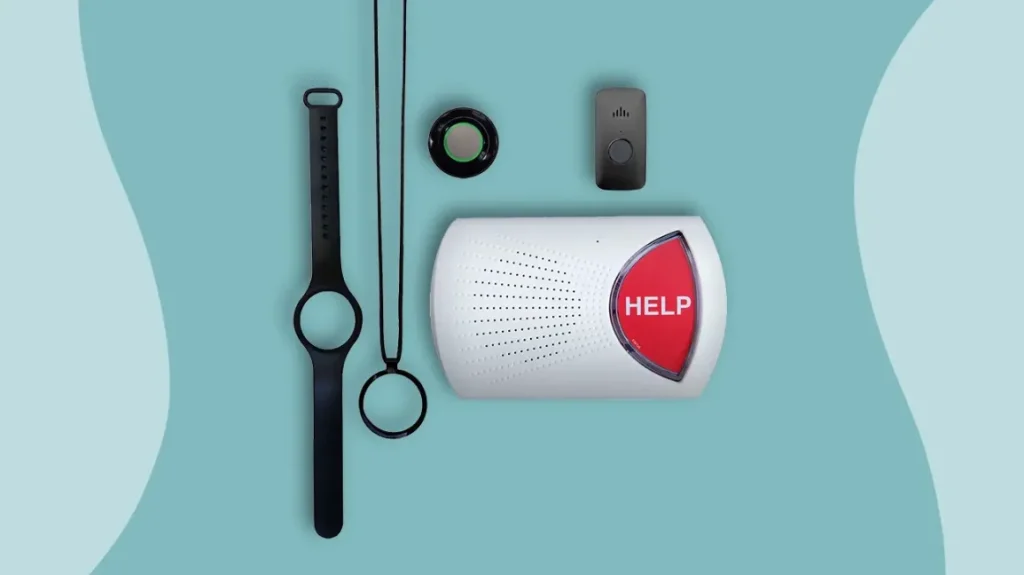
Benefits and Limitations of Technology in Elderly Safety
While technology offers an added layer of protection, it is important to recognize its limitations. False alarms may lead to unnecessary panic, and reliance on technology could potentially reduce human interaction. Nevertheless, the benefits, including immediate emergency response and continuous health monitoring, make it an indispensable tool in elderly safety.
Introduction to Fall Detection Watches
Fall detection watches are innovative wearable devices designed to ensure the safety of the elderly population. These devices utilize advanced technologies, such as accelerometers and gyroscopes, to detect unusual movements like a sudden fall. Once a fall is detected, the watch triggers an alert and can even automatically dial emergency services, providing a critical lifeline for seniors living independently. (source)
Comparing Brands and Models
Many brands offer fall detection watches, each with unique features. Some popular options include Apple Watch Series 4 and later, which features an automatic fall detection and emergency SOS. Another notable model is the Philips Lifeline’s AutoAlert Watch, known for its high accuracy in real fall detection. (source)
Key Features for Elderly Safety
Automatic fall detection and emergency call function are among the essential features that make these watches exceptionally useful for the elderly. The watch’s ability to call for help even when the user can’t, provides peace of mind for both the wearer and their family.
- Automatic Fall Detection: This feature recognizes when the wearer has taken a fall, triggering an alert.
- Emergency Call Function: If a fall is detected, the watch automatically dials a pre-set emergency number. (source)

Prompt Detection and Response: A Key to Fall Prevention
One of the most significant features of fall detection watches is their ability to detect falls promptly and respond immediately. This technology is designed to alert emergency services or designated contacts when a fall is detected, ensuring that help arrives as quickly as possible. By reducing the time between the fall and the response, the severity of injuries can be significantly reduced, preventing potential long-term consequences.
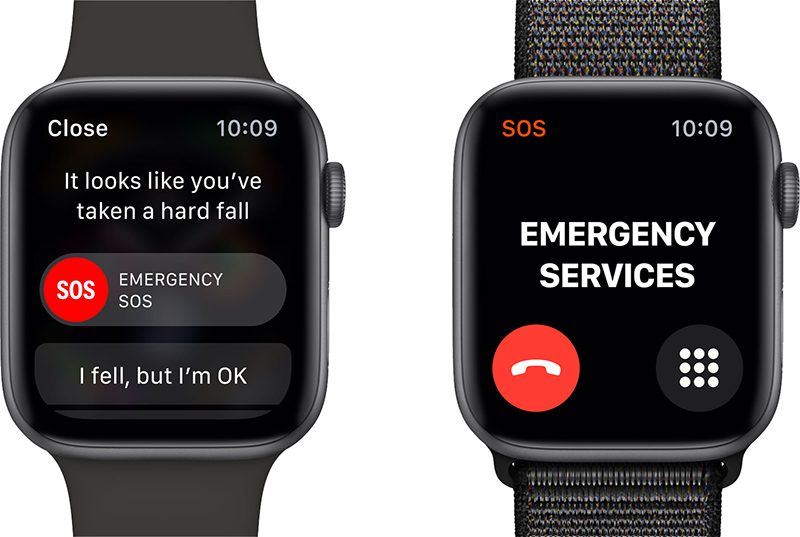
Case Studies: Proving the Effectiveness of Fall Detection Watches
Several studies and research findings have highlighted the effectiveness of these devices in preventing serious consequences. For example, a study published in the Journal of Geriatric Physical Therapy found that immediate medical attention following a fall could reduce the risk of hospitalization by up to 26%.
A Peace of Mind for the Elderly and their Families
Moreover, fall detection watches not only help in preventing physical harm but also provide emotional comfort. Knowing that help is just a wrist-tap away gives the elderly and their families peace of mind. These devices are particularly useful for those living alone or with limited mobility.
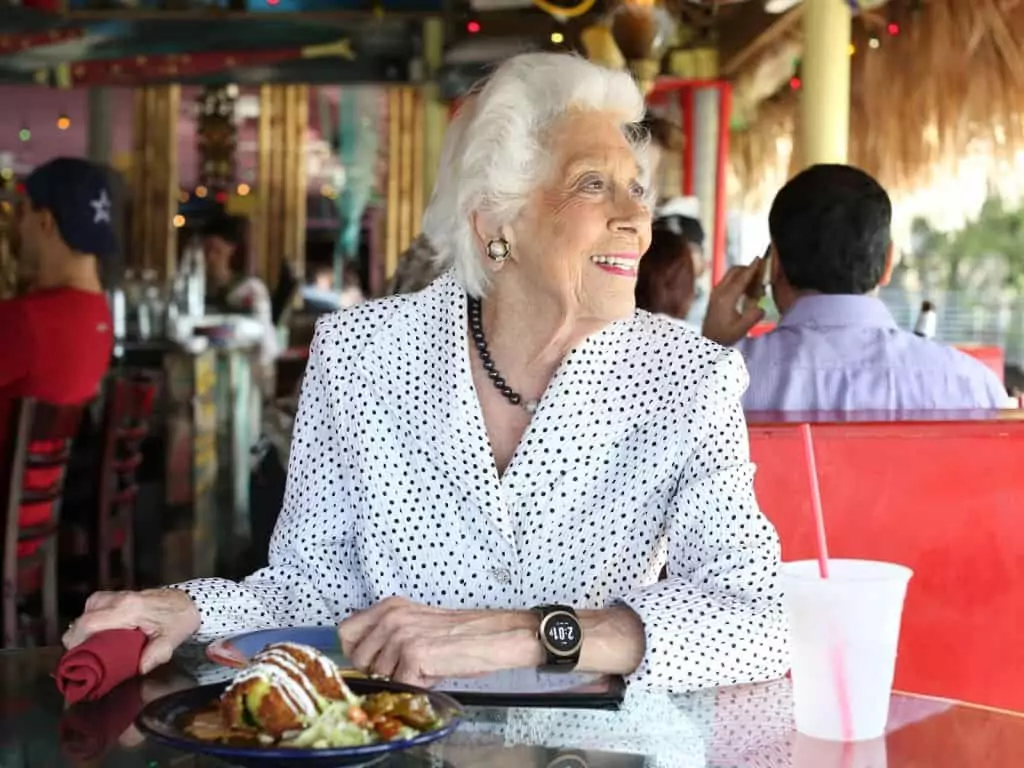
By preventing serious consequences of falls, fall detection watches play a crucial role in ensuring the safety and well-being of the elderly population.
Challenges and Considerations in Using Fall Detection Watches
As modern technology advances, fall detection watches have emerged as a safety measure for the elderly. However, like all technologies, they come with their unique set of challenges. These include false alarms, which can create unnecessary panic, privacy concerns, and user resistance due to unfamiliarity with technology.
Overcoming these Challenges
These challenges, however, can be mitigated. Firstly, proper device setup can limit false alarms. Secondly, educating users about the technology can reduce resistance and enhance their confidence. Lastly, regular device maintenance ensures peak performance. Privacy concerns are valid, but the Health Insurance Portability and Accountability Act (HIPAA) provides guidelines for the protection of personal health information.
Choosing the Right Fall Detection Watch
When choosing a fall detection watch, consider cost, features, ease of use, and customer support. Keep in mind that more features may mean a higher cost and a potentially more complex user interface.
Remember, the ultimate goal is to enhance the safety of the elderly. The right fall detection watch can make a significant difference, but it’s critical to consider the potential challenges and how to overcome them.
The Future of Fall Detection Watches and Elderly Safety
As technology continues to advance, the future of fall detection watches looks promising. Innovations are expected to significantly improve the accuracy of these devices, making them even more reliable in detecting falls among the elderly. The integration of other health monitoring functions such as heart rate and sleep monitoring is also on the horizon. Artificial Intelligence (AI) is set to play a pivotal role, enabling the devices to learn from the user’s habits and distinguish between normal activities and actual falls.
Transforming Elderly Safety and Healthcare
These advancements in fall detection watches have the potential to revolutionize elderly safety and healthcare. By providing real-time alerts, these watches ensure that help arrives promptly, potentially saving lives. Furthermore, by monitoring other health parameters, they could aid in early disease detection and management, playing a vital role in preventative healthcare.
Investing in Research and Innovation
The importance of ongoing research and innovation in this field cannot be overstated. Continued efforts in enhancing the safety and quality of life of the elderly will not only benefit the users but also reduce the burden on healthcare systems. It’s an investment that promises significant returns for our society. [source]
Conclusion: Making a Difference with Fall Detection Watches
In light of the increasing need for elderly safety, fall-detection watches have emerged as an indispensable tool. These watches have significantly transformed the lives of the elderly, offering them an extra layer of security and independence. They have proven to be vital in mitigating the risks associated with falls and providing immediate assistance when required.
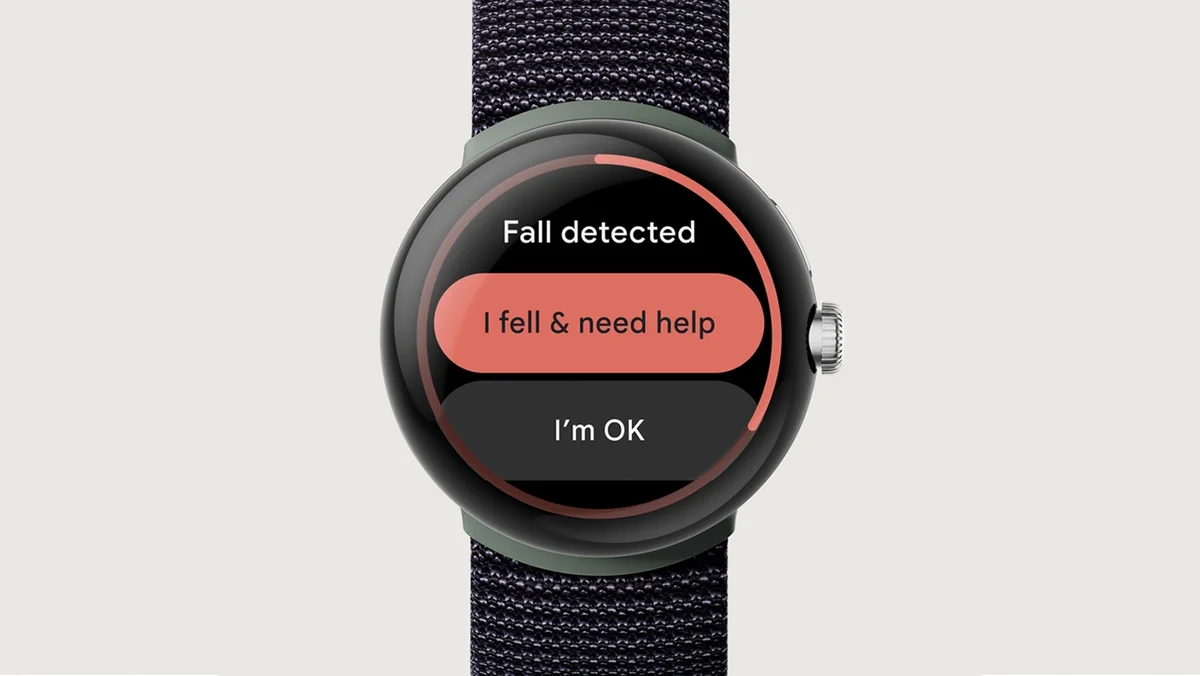
Empowering the elderly with these watches not only safeguards their well-being but also brings peace of mind to their caregivers. Thus, it’s imperative that we encourage the broader adoption of fall-detection watches.
Moreover, the call to action here is for further advancements in technology. We need to continually seek ways to enhance the efficacy of these watches and ensure they are keeping pace with the dynamic needs of the elderly population.
By championing the use of fall detection watches and investing in their technological progression, we can make a tangible difference in elderly safety and well-being.
